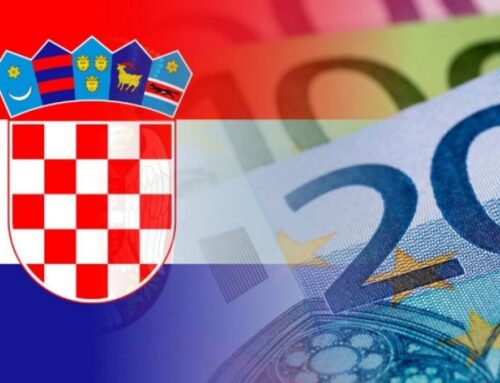According to the International Monetary Fund (IMF), among the last ten nations that shifted to the status of “advanced” economies (namely with an income per capita over USD 17,000), six are post-socialist and Eastern European countries, and precisely Czech Republic, Slovakia, Lithuania, Latvia, Estonia and Slovenia. Other countries from the region, including Poland, Hungary and Romania, are not far from the per capita income threshold to join the group. Overall, countries from the Eastern area have shown a positive economic growth trend since the 1990s, and most notably from the beginning of the 2000s.
Indeed, the economic downturn pushed by the Covid-19 pandemic represented a setback for the whole region. However, present data suggest that in several CEE countries economies are positively recovering, as already demonstrated in the context of the 2008 crisis. This displays an inherent strenghtened resilience of the economic systems of the region, further boosted by EU funding.
Within the Central and Eastern-European region, Croatia, Czechia, Slovenia and Hungary figure among the countries whose economy was most affected by the pandemic. Nonetheless, Economic projections show highly positive prospects for 2021 and 2022.
Despite the setbacks caused by the health emergency, Czech Republic’s economy underwent an inversion the negative trend, showing positive results of recovery, since April 2021. In spite of a negative peak in 2020, with -5,6%, according to the economic forecast provided this past July by the European Commission the GDP (Gross Domestic Product) will grow by 4.5% in 2022, particularly through the contribution of EU funds.
The data collected in the context of the Hungarian Central Statistical Office for the second quarter of 2021 display that the Hungarian GDP has already returned to pre-Covid levels. Moreover, the European Commission has set the GDP increase forecast in Hungary for the present year at 6.3%, thanks, among other factors, to increased consumer demand for services fueled by reopenings.
Similarly, Slovenia started recovering from the 2020 economic shock already in the first quarter of 2021, particularly due to increased exports and investment. After reaching a GDP growth rate of -5.5 % in the preceding year, it is forecasted to bring an increase of 5.0% in 2022.
Among the aformentioned national experiences, Croatia suffered the worst plunge in GDP growth in the second quarter of 2020, with a rate of -15%. However, already in the first quarter of 2021, GDP growth rose to 5.8% and is expected to grow by 5.9% in 2022.
Forecasts are, thus, highly promising, after two years of slow developments and growth. Despite the hard hit to the overall welfare of the region, the hopes are that pre-Covid level will be reached and surpassed.
Sources:
https://www.ft.com/content/b7e2c18b-e1c9-452d-b9d6-13db4d28fb89
https://ec.europa.eu/economy_finance/forecasts/2021/summer/ecfin_forecast_summer_2021_cz_en.pdf
https://think.ing.com/articles/hungarys-gdp-level-is-back-at-pre-crisis-level-2q21/
https://ec.europa.eu/economy_finance/forecasts/2021/summer/ecfin_forecast_summer_2021_hu_en.pdf
https://ec.europa.eu/economy_finance/forecasts/2020/autumn/ecfin_forecast_autumn_2020_hr_en.pdf
https://ec.europa.eu/economy_finance/forecasts/2021/summer/ecfin_forecast_summer_2021_hr_en.pdf
https://ec.europa.eu/economy_finance/forecasts/2021/summer/ecfin_forecast_summer_2021_si_en.pdf
https://www.interreg-central.eu/Content.Node/discover/Covid-19-effects-on-Central-Europe.pdf




